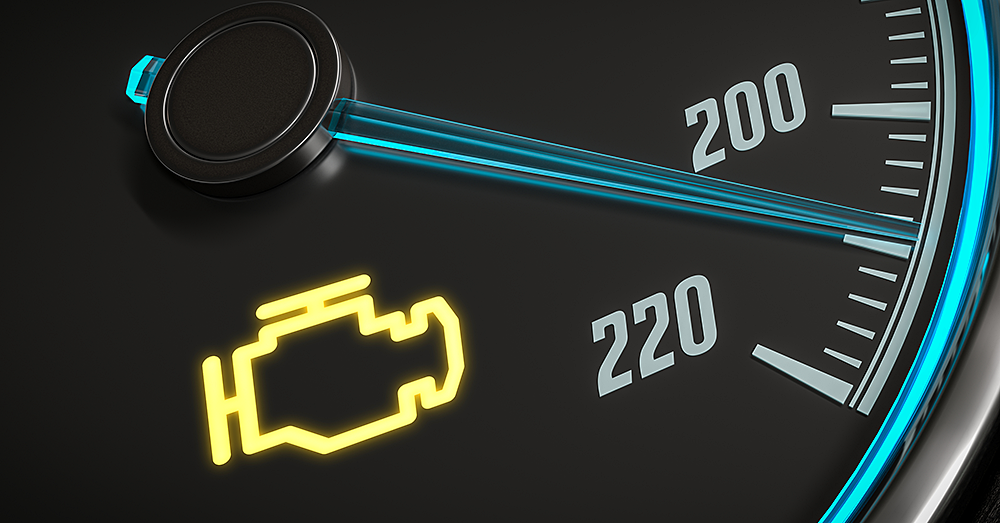Don't Let Fear Strike When 'Check Engine' Lights Up Your Dash

There’s never a good time for the “check engine” light to click on your dashboard.
“If the check light comes on at all, you should have the vehicle looked at within fourteen days,” said Tony Molla, vice president of the Automotive Service Association. “As soon as possible is always best.”
The check engine light doesn’t necessarily mean you’re about to be hit with expensive repairs. Sometimes the light comes on for something as simple as an improperly tightened gas cap.
(Related: What do all those dashboard lights mean?)
Or it could signal damage in the vehicle’s fuel or emissions system, including misfiring spark plugs which can damage your vehicle’s catalytic converter.
The light could indicate a faulty engine sensor. The only way to tell is by getting a diagnostics check, Molla said.
Molla had the following suggestions for drivers who encounter a “check engine” light:
- A “check engine” light can turn on for something as simple as a loose gas cap. But it’s not always something innocuous. So get it checked as soon as possible.
- A steady light indicates a “trouble code” for your engine and needs immediate attention. Usually, the alert requires analysis performed with sophisticated test equipment.
- An intermittent “check engine” light may indicate a faulty sensor and does not immediately affect emissions or fuel economy. Let your service advisor know how often and when the light appears.
- Use a technician trained to understand and diagnose engine problems. Trouble codes vary from manufacturer to manufacturer.
- The “check engine” light means there’s a problem with a particular circuit. It does not necessarily mean there’s a problem with an engine part.
- Service centers and repair shops routinely offer to diagnose the reason for a “check engine” light free of charge. Ask your trusted service adviser for specifics.
Copyright © 2018 by Sensible Driver. All rights reserved.